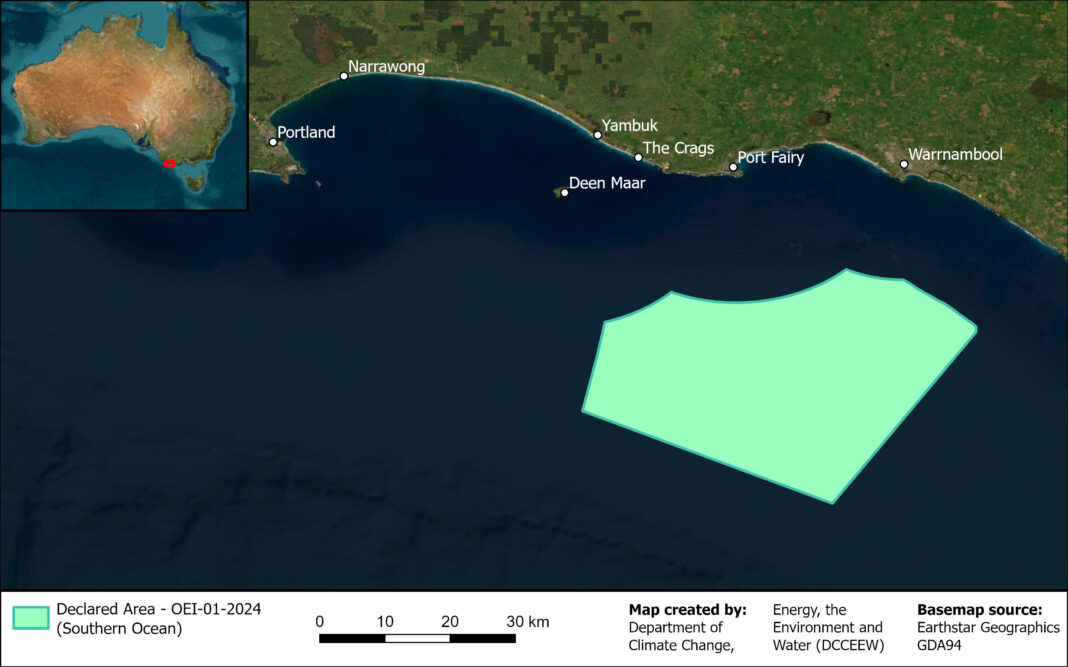The coast off Port MacDonnell will no longer be included in the proposed offshore wind zone in the Southern Ocean.
Federal Climate Change and Energy Minister Chris Bowen MP will today declare an offshore wind zone in the Southern Ocean off western Victoria, which will no longer include any South Australian coastline.
The Limestone Coast community has rallied against the proposal, with much of the opposition led by the Southern Ocean Coast Care group.
Minister Bowen, who will officially announce the decision in Portland today, said the new wind zone would pave the way for energy and job security in a region home to one of Australia’s largest smelters.
This is the third officially declared offshore wind zone in the country and will support future onshore manufacturing in Victoria powered by cleaner, cheaper energy.
Minister Bowen said the new industry will bring new job opportunities to Portland and surrounds with 1,740 jobs during construction and 870 ongoing operation jobs such as engineers, labourers, technicians, operators, riggers, divers, and administrators.
“Western Victoria is well suited to offshore wind, with world-class wind resources, high-quality shipping infrastructure and an aluminium smelter that draws up to 10% of Victoria’s electricity,” he said.
Minister Bowen said the zone could generate up to 2.9GW of offshore wind energy – enough to power over 2 million homes, that’s equivalent to two-and-a-half Portland Smelters.
After extensive community consultation with local leaders, industry and community groups, the final area is 1030 km2 – one fifth of the originally proposed zone. It is located at least 15–20km from Victoria’s coast, and the zone no longer includes an area off South Australia. The declared area works around the Bonney Upwelling, Deen Maar Island and shipping routes, taking into account the environmental, cultural heritage and economic significance of these areas.
Feasibility licence applications for offshore wind projects in the Southern Ocean zone will open from March 6 until July 2.
During the feasibility licence stage, developers must undertake detailed environmental assessments and engage in further consultation, including how the project will coexist with shipping, tourism and fishing industries.
Construction can only begin after the feasibility stage is completed and developers have gained subsequent environmental and management plan approvals, as well as demonstrating how projects will benefit Australian industry and jobs.
The final declared zone can be found at https://www.dcceew.gov.au/energy/renewable/offshore-wind/areas/southern-ocean-region




